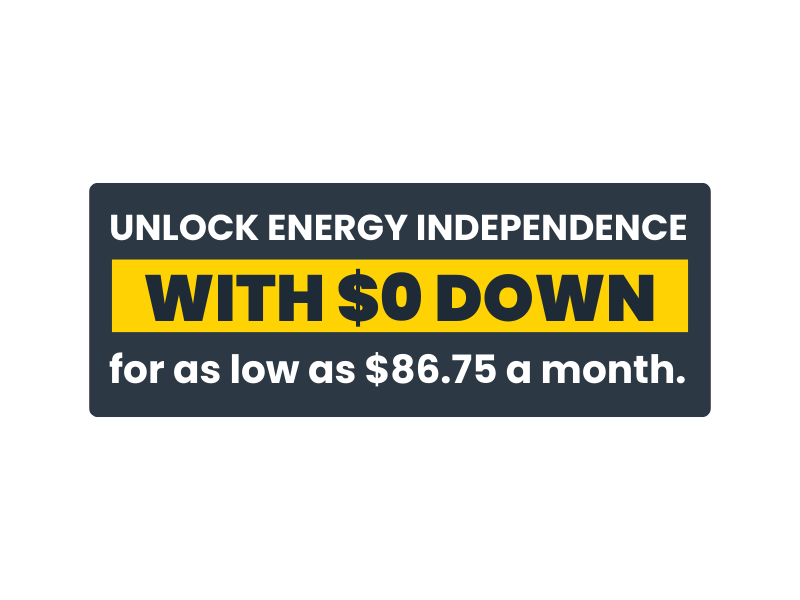In 2011 the United States Department of Energy launched the SunShot Initiative with the goal of making solar energy cost competitive with traditional fossil fuel generated electrical capacity. They are looking to support efforts by nonprofits, state and local governments, private businesses, and national thinktanks, among a host of affiliated partners, to provide knowledge and leadership to decrease the cost of solar energy and increase solar adoption in the United States. There have been nearly 300 projects funded by SunShot so far.
Progress In Solar Goals?
The following is written on the SunShot page on energy.gov:
“In May 2016, SunShot released On the Path to SunShot, a series of eight research papers that examined the progress made toward the SunShot’s goals. It found that, just five years into the initiative, the solar industry had achieved 70% of the progress toward the 2020 goals, spurring the department to determine new targets beyond 2020.”
Most of this progress in cost decrease originated from two sources. The first was the 30% Federal Tax Credit which spurred the industry to grow. Second, the price of solar modules has decreased from just over $3.42 per watt in 2008 to $0.72 per watt in 2015. This price decrease was the result of solar starting to come to scale, supported by the massive factory complexes that were built in China and the rest of Southeast Asia. The module prices came down and solar has taken off.
The main success the SunShot program has been involved in happens to be through investment in R&D research which the DOE states a price tag of $2.3 Billion. This investment fuels private sector innovations which include an estimated 274 patent families.
Additional successes focus mainly on best practices papers, webinars, and documents designed to train solar companies how to navigate the market, increase the solar workforce, and reduce the soft costs involved with solar installation, including streamlining the permitting and inspection process of local governments.
Future Goals
Since the 2020 goals are in sight, new goals have been updated for 2030. These include the further reduction of residential PV price per kWh from seven cents to five cents. In short, the DOE states that the cost of solar generated electricity can be decreased by an additional fifty percent from 2020 to 2030. This would help lead to more than doubling the projected amount of nationwide solar demand by 2030.



